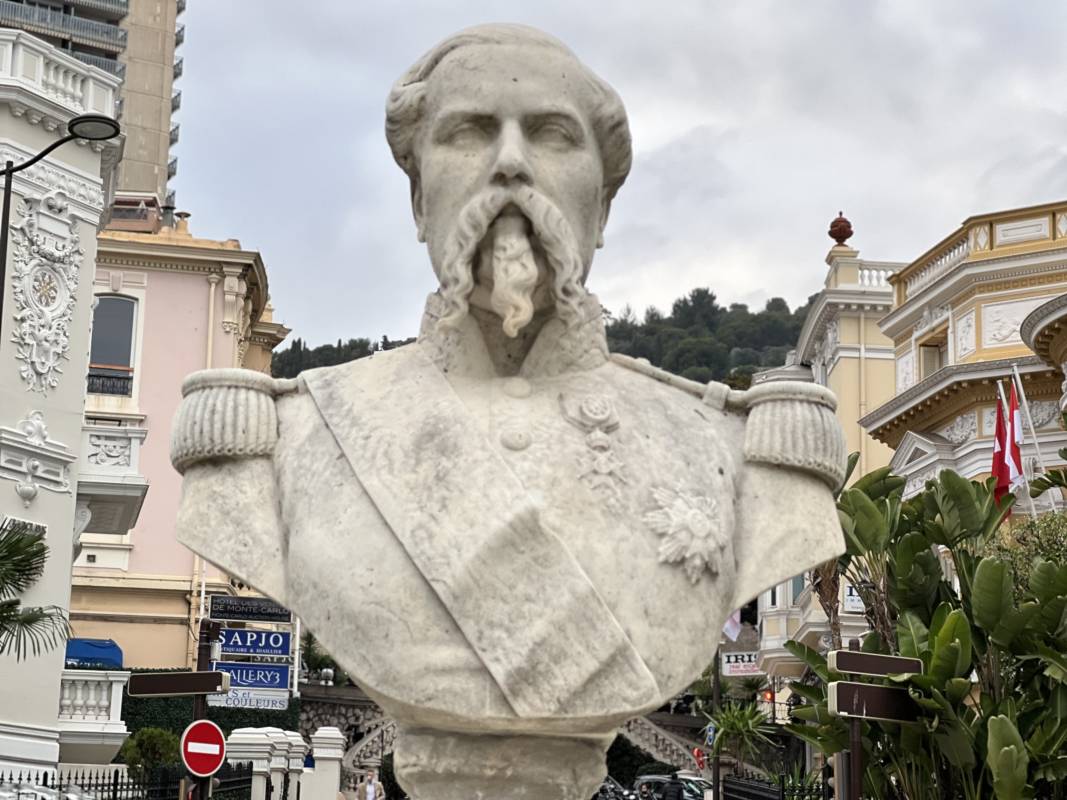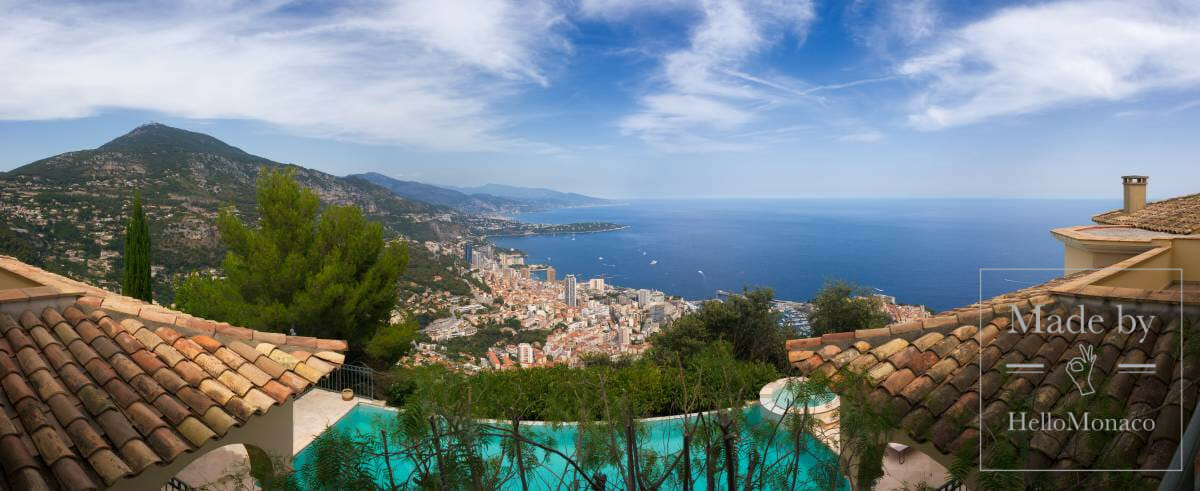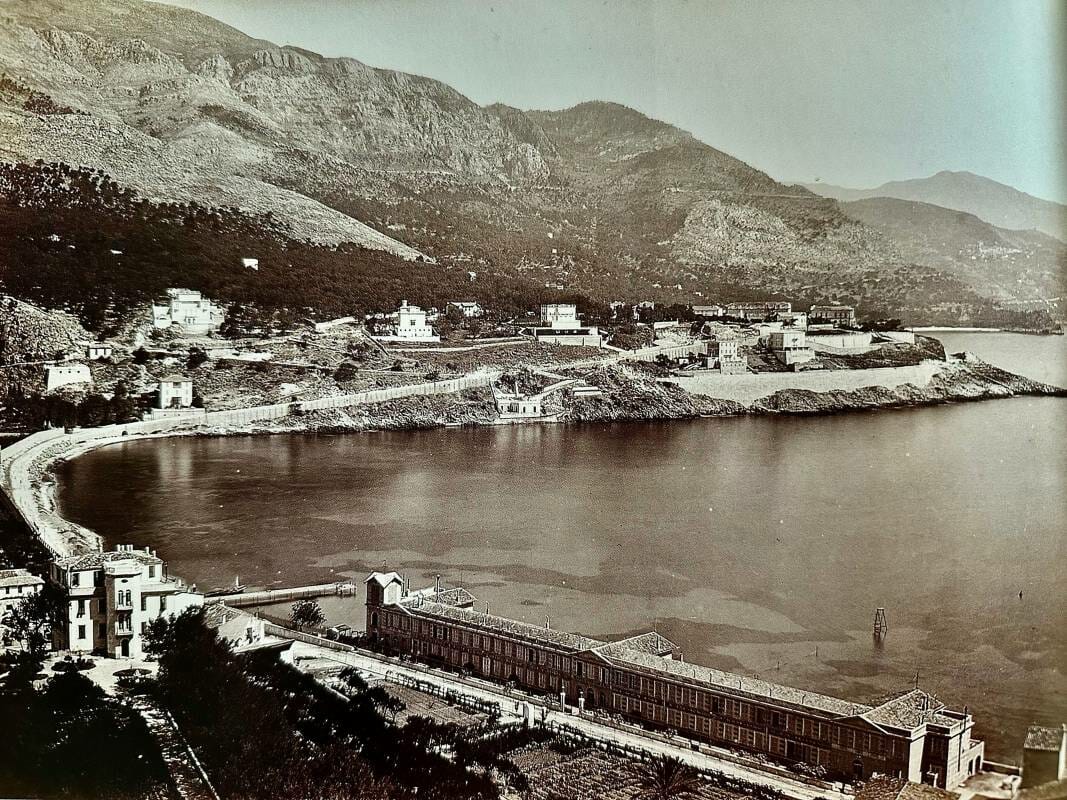In the spring edition of Hello Monaco, we told you about Prince Charles III, whose reign was crucial to the country. Prince Charles was able to turn a tiny state, affected by population rioting, having lost much of its territory and deprived of any source of income, into a paradise on Earth. Under Charles III, Monaco opened its first casinos, saw the beginning of today’s world-renowned company Société des Bains de Mer (SBM), and the birth of a new Monte-Carlo district. He introduced major economic reforms, established diplomatic relations with a number of countries, started to mint his own gold coins, and even liberated his subjects from taxation.
It was Prince Charles III who solved one of the Principality’s most pressing problems: the transport one. Thanks to his efforts a railway was built through Monaco which made travelling to the country fast and comfortable. The arrival of the railway was a major step forward in terms of the Principality’s recognition and attractiveness as it increasingly opened up to the outside world.

Staking the future on the casino
When he took over the Principality in 1856, Charles III was faced with appalling poverty and a complete lack of prospects for development. However, the 38-year-old monarch did not give up and enthusiastically set about saving the economy.
That is when Napoleon III came to power in France and lifted the ban on gambling establishments spreading all across Europe. Gambling houses were opening all over Europe and the Prince of Monaco was also trying to attract gambling money into the country. He opened a gambling house in the La Condamine district, but the lack of normal transport links had put a hold on the new business project. In those years Monaco had to be reached from Nice either by sea or by a difficult mountain road, so the flow of those wishing to play roulette in Monaco remained extremely poor…
Meanwhile, Napoleon was overthrown in France. The ban on gambling houses in Europe returned. This gave Monaco a chance to become a monopolist in this business. Charles and his mother Caroline Gibert de Lametz invited the famous François Blanc, casino owner first in Paris and then in Hamburg, to the Principality. They needed this experienced businessman to make a profitable deal on which they were very much counting. And their expectations were fully met.
In April 1863, the Prince decreed the creation of the Société des Bains de Mer, which was given the right to hold gaming for the next 50 years. The new company was headed by François Blanc. Over the next few years, the Hôtel de Paris and the Café de Paris were built in the Spélugues district, where the company’s first casino was located, followed by the construction of a new casino and opera house. In 1866 the area was renamed Monte Carlo, “Mountain of Charles”, after the reigning Prince. Thus begins Monaco’s “Golden age”.

A solution to the transport problem
With gambling now prohibited throughout Europe, a large flow of nobles and tourists came into the Principality, where gambling houses were now permitted. Charles III urgently undertook infrastructure development, as the lack of a developed road network continued to make access difficult.
At the time, all the main traffic flows between Nice, Menton and Genoa ran along the Grand Corniche, bypassing Monaco. Prince Charles signed a new agreement with France to lay the Nice-Genoa railway through the Principality. He can now afford it, as he receives 10% of the Casino’s revenues from SBM director François Blanc. According to the agreement, the main railway line along the coast was to run through Monaco, with Charles III also ensuring that all trains made stops at two Monaco stations.
Work began in 1864. Trenches, embankments and tunnels were built simultaneously on several sections. Some of the structures were built on a 15.5 kilometre line between Nice and Monaco between 1864 and 1867. The other part of the construction was carried out in the Principality between late 1866 and 1869 where the line was 3.5 kilometres long. One of the main difficulties faced by the workers was, of course, the extremely difficult terrain.

First train arrives
Finally, 155 years ago, on 19 October 1868, the first train on the Paris — Lyon — Mediterranean line arrived in the Principality. According to the Journal de Monaco, 346 people came to Monaco that day. Prince Charles III himself arrived at Monaco station on 18th November in a special ceremonial train.
The first trains ran between Nice and Monaco five times a day and covered the distance in 45 minutes. The ticket price from Nice was 4.80 francs in first class, 4.35 francs in second class and one franc in third class.
Meanwhile, work on the railway in the Principality continued. Another railway line towards Menton was being built. However, although the first train arrived in Monaco in 1868, it took until 1881 to complete the whole project because of the Franco-Prussian War in 1870–1871.
Two stations
In June 1867, construction began on two stations: the Monaco station (near La Condamine) and the Monte Carlo station (near Les Spélugues or La Costa). Construction materials were delivered in September 1867, but as the railway line between two future stations had not been completed and still required serious work, priority was given to the construction of the Monaco station.
The first railway station, which received the first passenger train, was located at the entrance to the Principality, behind the Rock, in the area of the current Avenue du Prince Pierre and the Quai Honoré II. It was completed in the same year, 1867. The station had a brick pavilion, a wooden shed and room for travellers, a reception room for the Prince and a wooden garage for his transport.
A second station for the convenience of gamblers was to be located in the immediate vicinity of the Casino. A temporary wooden station was built on the site of the future Monte-Carlo railway station, whose construction began in September 1867. From here passengers were transported to the Casino by horse-drawn omnibus.
Monte-Carlo station was opened in 1869 on the site of the current Fairmont Hotel. Lifts took passengers arriving by train directly to the gaming rooms.
Both stations worked in Monaco for several decades.

Prince Rainier III continues the work of his great-great-grandfather
Later, from the 1950s, the railway running through the Principality was diverted further north and a tunnel was built. In 1958, under Prince Rainier III, six years of extensive work began, the aim of which was to build a tunnel under the eastern part of the Principality and gradually get rid of the ground railway lines. In the end, the original Charles III project, a railway on the coast and by the Casino of Monaco, lasted almost a century without change, until 1964.
While in 1868 only five daily trains were arriving in Monaco with a total of 99,000 passengers for the year, today the Principality’s station welcomes 110 daily trains and over 6 million passengers a year! And it all started with Prince Charles III, who made an invaluable contribution to Monaco’s development and brilliantly handled difficulties in various areas of the economy, including transport.









